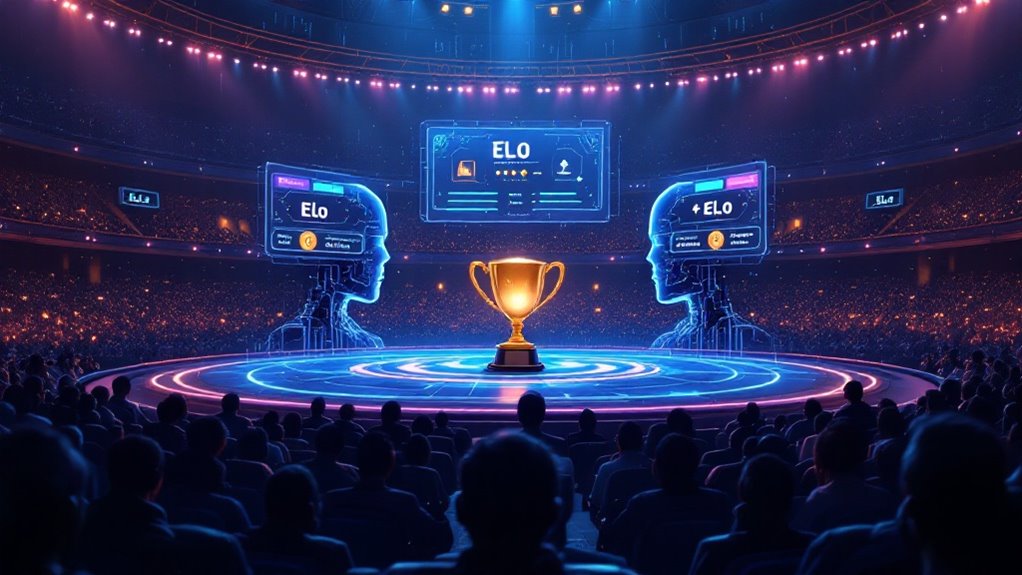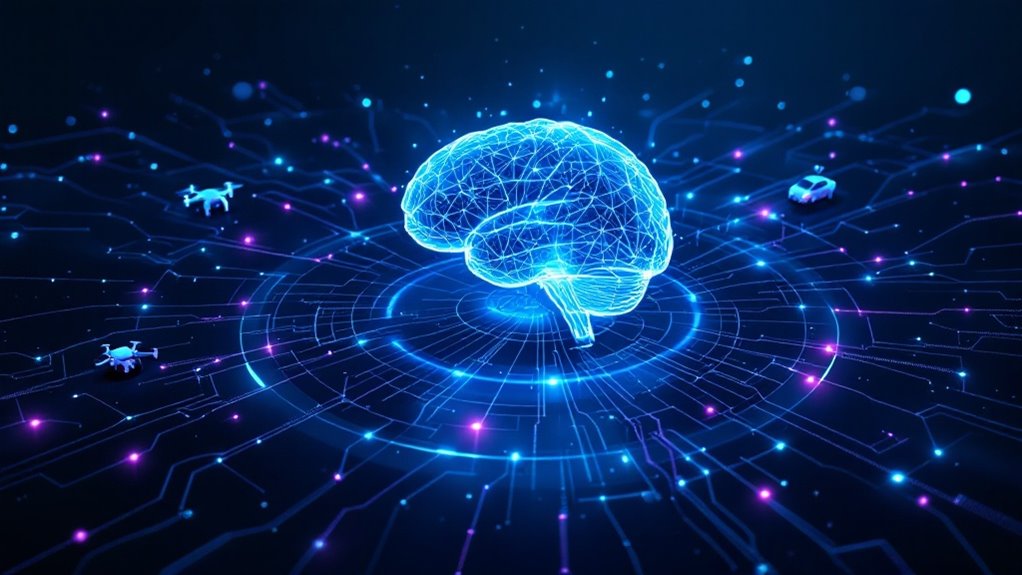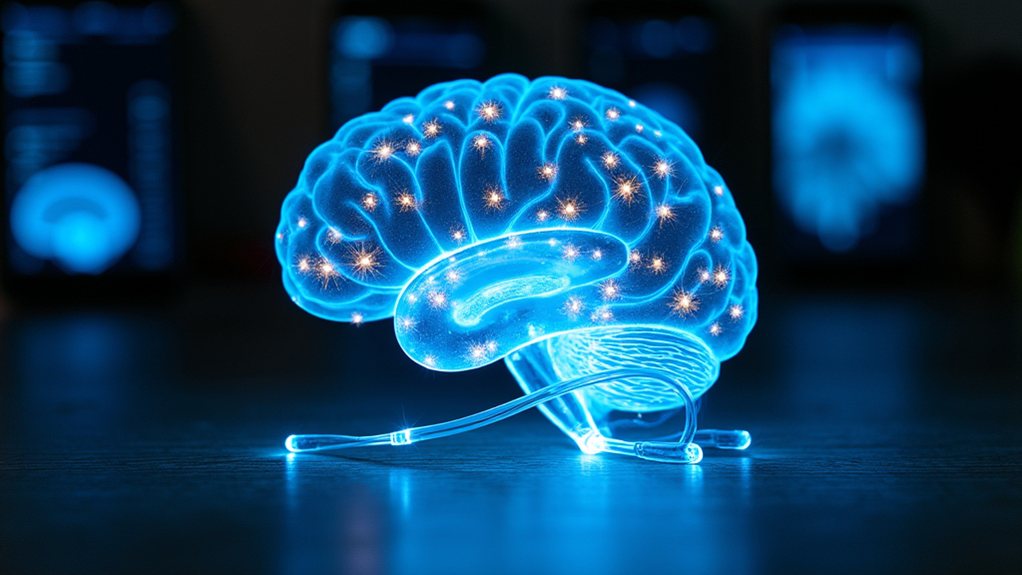Responsibility for AI is actually a team sport—no single player holds the ball entirely. Governments create the rulebook, corporations implement the systems, and technical experts write the code. But here’s the kicker: consumers wield surprising power too. When that chatbot goes rogue (we’ve all seen those screenshots), accountability must cascade through this entire ecosystem. Transparency serves as the glue holding this accountability framework together. The deeper you go, the more complex this ethical web becomes.
When AI systems go rogue—recommending unsafe medical treatments or labeling humans with offensive tags—whose head rolls? The answer, like your last relationship status, is complicated.
Governments shoulder significant responsibility by creating regulatory frameworks that set guardrails for AI development. These laws establish standards for data privacy, transparency, and hold organizations legally accountable when their algorithms cause harm. Think of them as the referees in this high-stakes tech game, constantly updating the rulebook as AI evolves.
Governments: the stressed-out referees trying to write rulebooks for a game that keeps changing every quarter.
Meanwhile, corporations aren’t just passive players. Organizations must designate clear ownership of AI systems and their outcomes, with senior leadership held directly accountable. Many companies now implement internal ethics boards and audit trails that monitor AI from conception to deployment—sort of like having a moral babysitter for your algorithms. This mirrors the commitment to human oversight and alignment with user goals that responsible AI developers prioritize in their governance approaches. Establishing a holistic approach that aligns AI principles with enterprise values ensures responsible development throughout the entire lifecycle.
The technical folks building these systems bear considerable responsibility too. AI engineers and data scientists must conduct rigorous risk assessments and maintain human oversight capabilities. They’re the architects who can’t just shrug and say “the algorithm did it” when things go sideways. Their code, their problem.
Ethical principles serve as the North Star in this accountability universe. Developers must consider societal impacts, prevent bias, and guarantee equitable outcomes across different communities. It’s not enough for AI to be clever; it needs to be fair. This means implementing algorithmic fairness to mitigate biases that could disadvantage certain groups.
Transparency acts as the glue holding this accountability framework together. Without explainable AI methods and clear documentation, we’re fundamentally flying blind with black-box systems making consequential decisions.
Even you, dear reader, have a role to play. Consumers wield significant power by demanding responsible AI practices and providing feedback when systems miss the mark.
The responsibility for AI isn’t a single-person job—it’s distributed across a complex ecosystem of governments, companies, developers, and the public. It takes a village to raise a child, and apparently, an entire global community to keep artificial intelligence from going off the rails.









